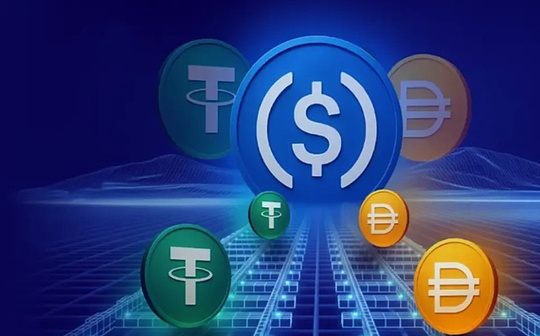Trong khoảng RFC


Các câu hỏi thường gặp
Giá cao nhất mọi thời đại của Retard Finder Coin (RFC) là bao nhiêu?
Đọc thêmGiá cao nhất của RFC là 0 USD vào 1970-01-01, từ đó đến nay giảm 0%. Giá cao nhất mọi thời đại của Retard Finder Coin (RFC) là 0. Giá hiện tại của RFC giảm 0% so với mức giá cao nhất của nó.
Retard Finder Coin (RFC) hiện có bao nhiêu trong lưu thông?
Đọc thêmKể từ 2025-12-12, hiện có 961.55M RFC đang lưu thông. RFC có nguồn cung tối đa là 1.00Bn.
Vốn hóa thị trường của Retard Finder Coin (RFC) là bao nhiêu?
Đọc thêmVốn hóa thị trường hiện tại của RFC là 1.47M. Nó được tính bằng cách nhân nguồn cung hiện tại của RFC với giá thị trường thời gian thực của 0.001524238671.
Giá thấp nhất mọi thời đại của Retard Finder Coin (RFC) là bao nhiêu?
Đọc thêmGiá thấp nhất của RFC là 0
, từ đó đến nay giá tăng 0%. Giá thấp nhất mọi thời đại của Retard Finder Coin (RFC) là 0. Giá hiện tại của RFC tăng 0% so với mức giá thấp nhất của nó. Retard Finder Coin (RFC) có phải là một khoản đầu tư tốt không?
Đọc thêmRetard Finder Coin (RFC) có vốn hóa thị trường là $1.47M và được xếp hạng #2042 trên CoinMarketCap. Thị trường tiền điện tử có thể rất biến động, vì vậy hãy nhớ thực hiện nghiên cứu của riêng bạn (DYOR) và đánh giá khả năng chấp nhận rủi ro của bạn. Ngoài ra, hãy phân tích xu hướng và mẫu giá Retard Finder Coin (RFC) để tìm thời điểm tốt nhất để mua RFC.











